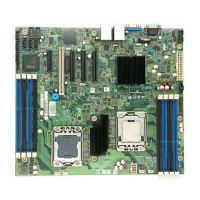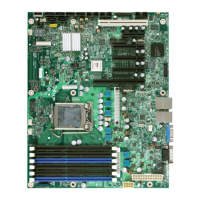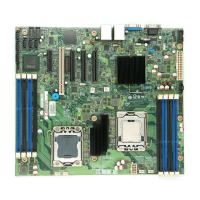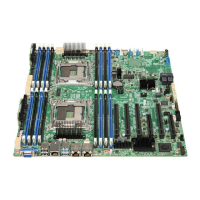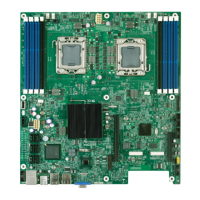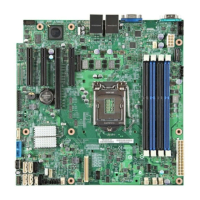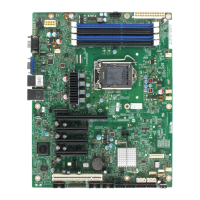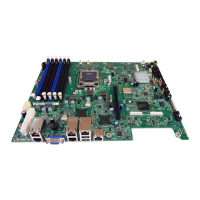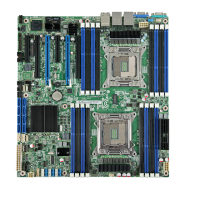Intel® Server Board SE7520BD2 Technical Product Specification Error Reporting and Handling
Revision 1.3 Intel Confidential
135
down the system. The SMBus on the baseboard is pulled up to 3.3V standby and requires the
RMC not to pull up this open-drain bus. Having duplicate pull-ups may break the signal integrity
timing characteristics required by the SMBus protocol.
5.5.5.2 Power-up Sequence
During power-up, there are default SMBus transactions that occur. The mBMC does not
support multi-master and requires that the RMC not initiate any transactions until the
POST_STATUS signal of the 8-pin connector is asserted high. This signal is controlled by the
BIOS as an indicator that BIOS POST has finished. This signal is driven directly from the
chipset as a 3.3V signal.
After POST is complete, there are no baseboard communications on this SMBus and the RMC
is the only SMBus master. Fans and other sensors are set to default conditions and are
monitored by the baseboard server management.
5.5.5.3 Power Supply
Power to the RMC is available through two pins. Standard 5V is available only when the system
is fully powered up. 5VSB is available when the AC power is available and required to be less
than 200mA.
5.5.5.4 Inputs
The POWER_OFF# signal is an input to turn off DC power to the unit. It is passed to the
system as if a front panel power button had been pressed. Pulse width must be greater than
16ms for ICH debounce circuitry.
The PCIRST# signal is an input to reset the system. It is passed to the system as if a front
panel reset button had been pressed. Pulse width must be greater than 16ms for ICH debounce
circuitry.
5.5.6 Rolling BIOS
The system flash can accommodate up to two BIOS images. Each image will reside in distinct
logical partitions. The partition whose BIOS image controls the boot is called the primary
partition and the other partition is called the secondary partition. During each boot, the system
BIOS will check whether a BIOS update has occurred during the previous boot. If so, the BIOS
will seek the intervention of the SIO3 to swizzle to the new partition. If the transition is
successful, the primary and secondary partitions swap roles. This process is termed as a
“Rolling BIOS”, which is automatic and seamless. If a swizzle to the newly updated BIOS is not
successful, the SIO3 will swizzle back to the previous BIOS in the other partition. Since the boot
block of the primary partition is always ensured to be secure, a BIOS recovery can be
performed to restore the system, if necessary.
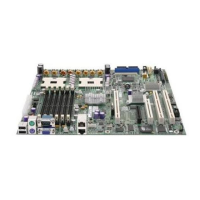
